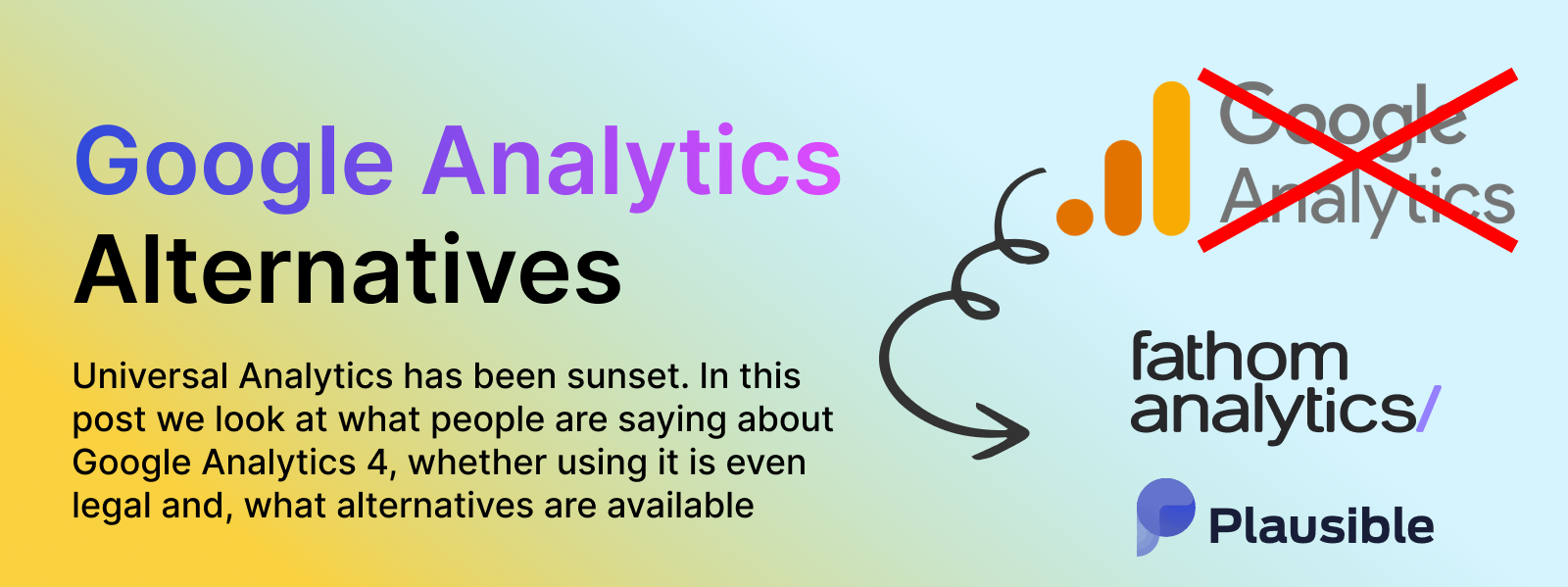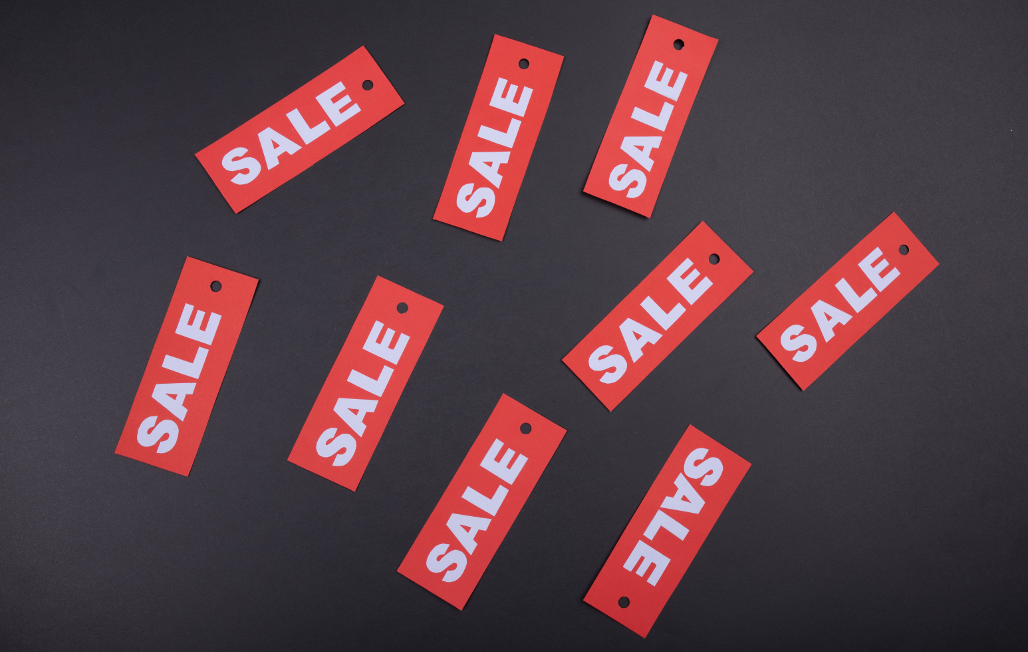At PureClarity we wanted to pass on some useful tips that you can use to maximise your sales. Even though the general economic forecast is a little gloomy right now, the opportunities for e-commerce keep growing. Small changes to your store can have a big impact on your conversion rate.
In a series of blog posts, PureClarity will share some useful (and hopefully fascinating!) insights we have learnt at PureClarity with some practical tips that you can use on your store.
Tip 1: Prime the "which to choose" mindset
All customers go through 3 stages of buying:
Stage 1: Whether to buy
Stage 2: Which to buy
Stage 3: How to buy
Giving customers choices eliminates step 1, and moves them to the "which to buy" stage.
Stating a preference appears to induce a which-to-buy mindset, leading people to think about which of several products they would like to buy under the implicit assumption that they have already decided to buy one of them. (Xu & Wyer, 2007, p. 564)
A great way of doing this is to include personalised product recommendations, using a tool such as PureClarity (shameless plug!). Putting relevant products in front of your customers helps focus them on choosing which to buy.
Tip 2: Make it easier for your customers to imagine using your products
Did you know that customers prefer products that they can easily imagine using?
Studies show customers preferred mugs when the handles are facing their dominant hand - as they can imagine grabbing the handle (Elder & Krishna, 2012).
Think about how your customers will perceive your product images:
- Cater to right handed people in images (handles to the right etc)
- Show products outside of their packaging
- Use video or 3D images to make it easier for your customers to imagine holding or using them.
- Even better - use an unboxing video. It helps customers imagine they are buying the product, and unboxing is also unconsciously associated with presents, which is associated with positive emotions.
Tip 3: Make purchase buttons more prominent
Buttons are associated with completing a purchase. Customers are more likely to purchase if they can imagine clicking the purchase button.
Moving purchase buttons to the bottom (closer to a users fingers) is a classic approach.
Also, consider making them appear more in the foreground by adding shadow or a background. They will feel more clickable if they seem physically closer to you.





